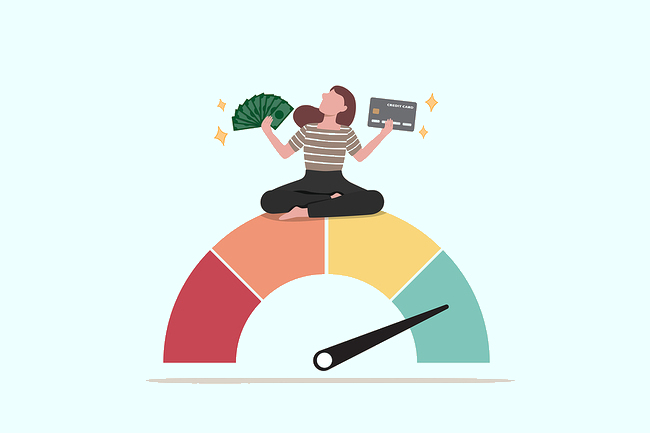When debt rears its ugly head, it can lead to stress and frustration. But it doesn’t have to.
Following common financial advice would have you throwing every extra penny and dime at your debt as you work toward being debt free. In theory, that’s a great thing, but if you don’t have a savings cushion, that could just lead to more debt in cases of emergency.
There is a better way. Pay off debt and save simultaneously. It may fly in the face of common financial advice but doing these things in tandem just might provide more stability, and inspiration to keep going.
7 Steps to Build Savings While Paying Down Debt
Here are a few tips to get you started on this journey:
- Make sure you know what you owe.
Gather your bills and write down the amounts you pay each month. Don’t attach judgment, just add it to the list. When you know what you owe, that can make it easier to make a plan (and stick to it) to pay off what you owe and get out of debt. This step is simply about making sure you know where your money is going and how much is going to each place. - Create a budget and a plan.
Budget can seem like a dirty word when you feel like you’re drowning in debt, but it doesn’t have to. A budget is more like a map because it outlines what’s coming in, and the information you gathered in the first step. It can also help you find places where you can cut out non-essentials. NerdWallet suggests that you allocate 50% of your budget to essentials like housing, food, and transportation; 30% to your wants and 20% to debt repayment and savings. These categories may look different for your situation. Look for opportunities to lower your interest rates whenever possible. This is especially important now, with interest rates on the rise. - Make sure you’re paying the minimum payments on all your debts.
Within your budget, you’ll want to make absolutely certain that you’re paying at the minimum payments for each credit card or expense that you’re working on paying off. It may not pay off huge amounts of your debt, but it helps to keep your debt from ballooning like it would if you didn’t pay at all. It also helps build your credit score so you can qualify for better interest rates in the future. - Track your spending.
Make sure that you keep track of everything you spend over a period of time. This way you know exactly what you’re spending and where your money is going. And, it gives you an idea of how much you may want to keep in your checking account – whether you put only enough for your known expenses or you add a buffer in addition to that minimum for known expenses. - Create a savings buffer in your account or start a separate emergency fund.
Common advice for an emergency fund or whatever you’re saving for is to start with $1,000. But $1,000 doesn’t go quite as far when your must-have essential spending is more than that each month, especially if you rent. It may make more sense to set your buffer goal based on your monthly essential spending, which you identified in your budget. A high yield savings account may be a good option for an emergency fund. - Automate your savings.
It doesn’t matter how much you save if you’ve never thought about saving before, but you have to start. Why not make it as easy as possible? Your bank may be able to automatically transfer funds from your checking account to your savings without you having to remember to do it each month. This is a situation where “out of sight out of mind” is beneficial. - Consider making extra payments.
Extra payments can help to lower your debt, that’s true. But it can also lower your debt utilization ratio, according to Nerdwallet. That’s one of the key figures used in determining what your credit score is, and if you can increase your credit score, it can help you to get lower interest rates.
Life is easier when you have a bit in savings, especially when you’re in the process of paying down debt. If you have questions or need guidance on your debt repayment, savings plans or life insurance, PTT Financial can help! Contact us today.

